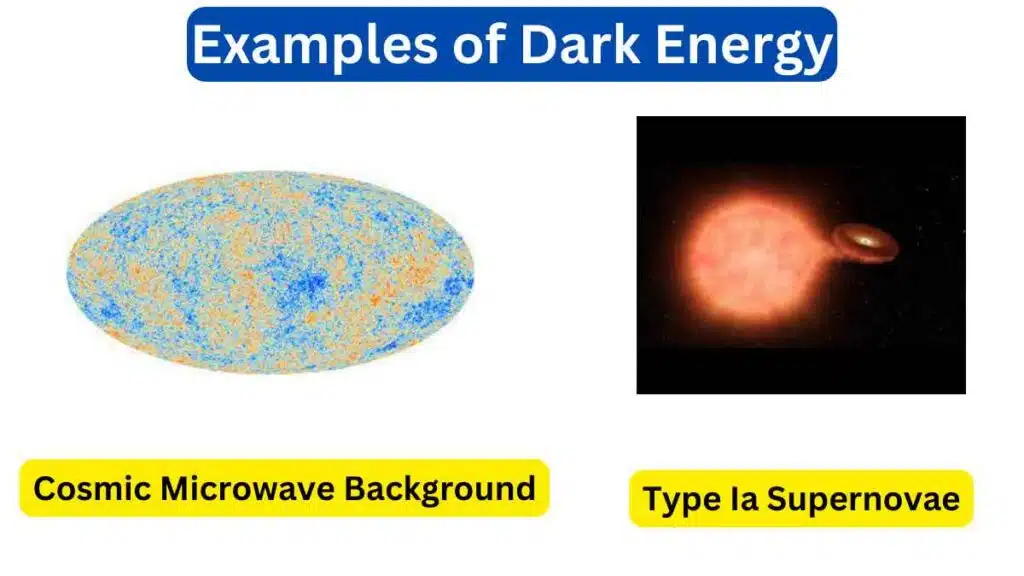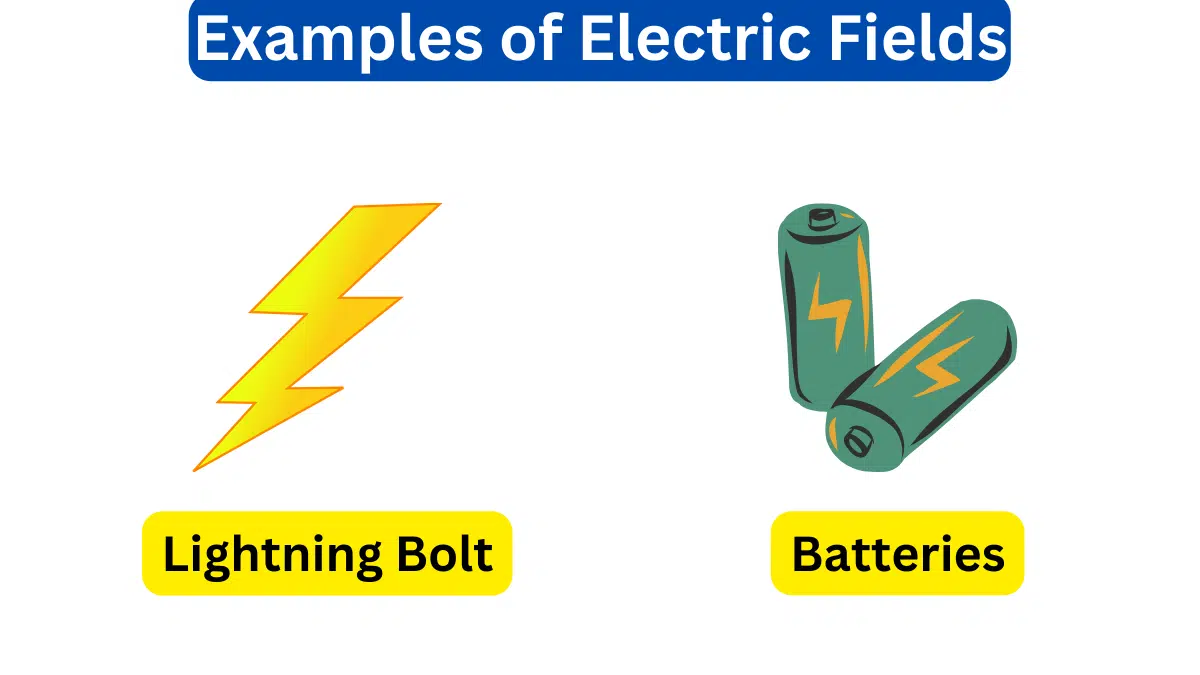10 Examples of Dark Energy
Dark energy is a mysterious force that is thought to be responsible for the accelerated expansion of the universe. Unlike matter or radiation, dark energy doesn’t clump together or dilute as the universe expands. Examples of dark energy include cosmic acceleration and vacuum energy.
Examples of Dark Energy
Here are 10 examples of dark energy.

1. Cosmic Acceleration
Dark energy is primarily known for its role in causing the accelerated expansion of the universe. This was discovered through observations of distant supernovae and confirmed by other cosmological measurements.
2. Cosmic Microwave Background (CMB)
The cosmic microwave background radiation, leftover from the early universe, provides important constraints on dark energy. Its patterns reveal information about the universe’s expansion history.
3. Type Ia Supernovae
Observations of Type Ia supernovae, which have consistent brightness, helped establish the existence of dark energy by showing that the universe’s expansion rate is accelerating.
4. Lambda-CDM Model
Dark energy is a key component of the Lambda-Cold Dark Matter (Λ-CDM) cosmological model, which describes the current understanding of the universe’s composition and evolution.
5. Einstein’s Cosmological Constant
Albert Einstein originally introduced the cosmological constant (Λ) into his equations of general relativity to maintain a static universe. Although he later removed it, the cosmological constant is now associated with dark energy.
6. Vacuum Energy
Dark energy is often theorized to be related to the vacuum energy of empty space, causing the universe’s expansion to accelerate.
7. Expansion Rate (Hubble Parameter)
The value of the Hubble parameter (H0) characterizes the current rate of cosmic expansion. Measuring this parameter helps determine the amount of dark energy in the universe.
8. Dark Energy Equation of State
The equation of state parameter (w) describes the relationship between the pressure and energy density of dark energy. A value of w < -1/3 is indicative of dark energy causing cosmic acceleration.
9. Large-Scale Structure
The distribution of galaxies and galaxy clusters across the universe is influenced by the presence of dark energy. It impacts the formation of cosmic structures.
10. Future of the Universe
The nature of dark energy has significant implications for the ultimate fate of the universe. Depending on its properties, the universe might continue to expand at an accelerated rate, contract, or reach a stable state.
These examples highlight the central role of dark energy in our current understanding of the cosmos and its profound impact on the universe’s fate and evolution.







Leave a Reply